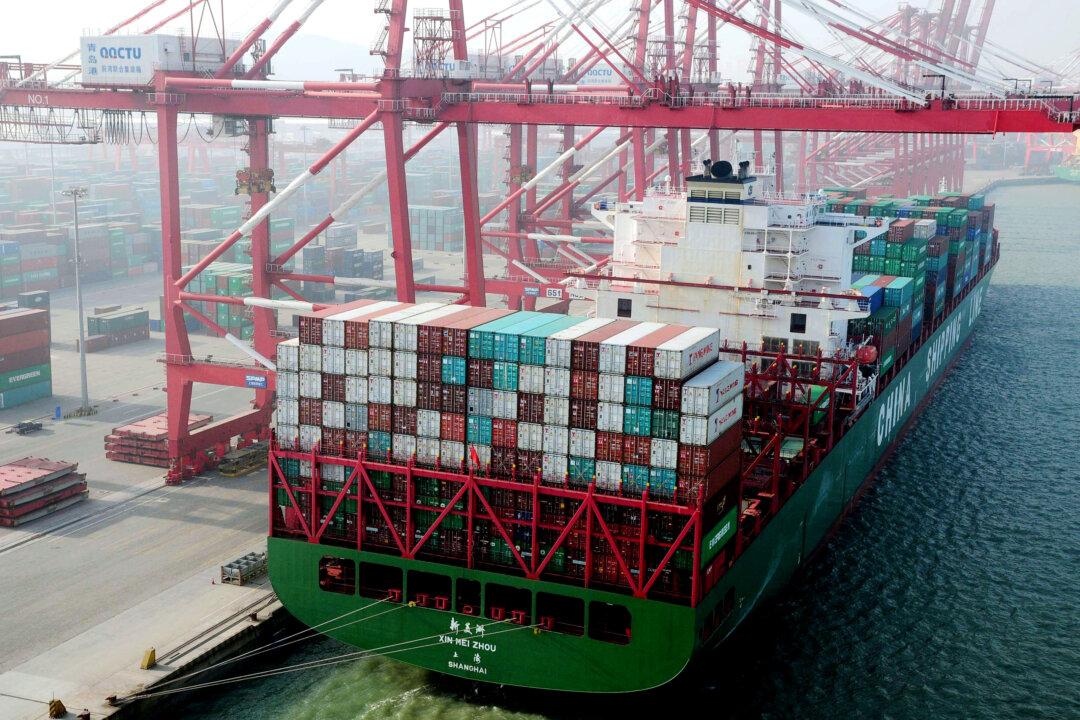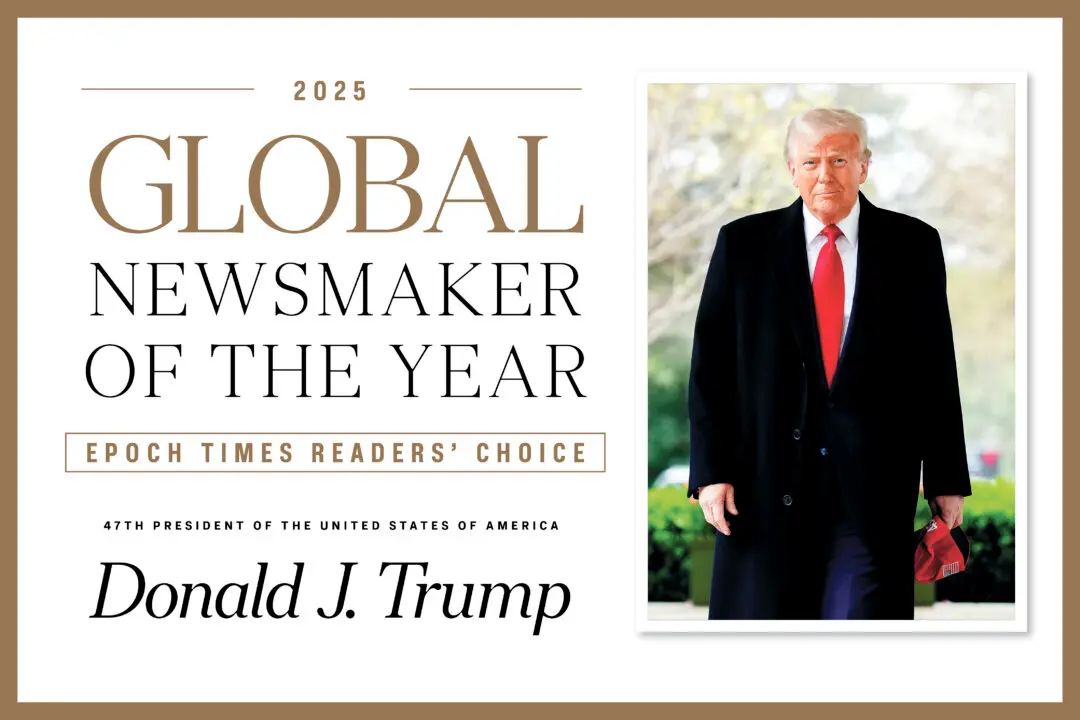Growth in world trade is expected to remain sluggish in 2016 due to weak global demand, according to the World Trade Organization (WTO). The slowdown in the Chinese economy dealt a major blow to global trade in 2015 with Chinese imports falling by 14 percent in value terms.
In its latest forecasts released on April 7, the WTO said it expected the world merchandise trade volume to grow by 2.8 percent in 2016, which is unchanged from the 2.8 percent in 2015. Trade growth should then accelerate to 3.6 percent in 2017.





